What is Preening Tarantula?
Preening in tarantulas is a fascinating and essential behavior often overlooked by many pet owners. It’s the way these arachnids keep themselves clean, healthy, and functioning optimally. This grooming process is not just about aesthetics; it’s crucial for their survival. Understanding preening provides insight into the overall well-being of your tarantula and allows for better care practices. This blog post will unveil seven captivating facts about preening tarantulas, shedding light on this important aspect of their lives. From their meticulous grooming habits to the reasons behind them, we’ll explore everything you need to know to appreciate and care for your eight-legged friend. The act of preening can tell you a lot about a tarantula’s health and environment.
Preening Behaviors
Tarantulas exhibit a variety of preening behaviors. These behaviors are instinctive and vital for their survival. Tarantulas use their legs, chelicerae (mouthparts), and other body parts to meticulously groom themselves. These actions help maintain cleanliness and hygiene, preventing potential health issues. The consistency and thoroughness of preening can indicate the overall well-being of the spider. Observing these actions provides clues about their health and environment. The following are some of the most common preening behaviors you can observe if you have a pet tarantula.
Leg Cleaning

Leg cleaning is a fundamental aspect of a tarantula’s preening routine. Using their chelicerae and pedipalps, tarantulas meticulously clean each leg. This involves wiping and brushing their legs, removing debris, and ensuring their sensory organs remain unobstructed. Clean legs are essential for effective movement, hunting, and sensing the environment. They use their front legs to reach, and then use their chelicerae to clean those legs carefully. You can observe the leg cleaning from time to time, especially after eating or when they are in a dirty environment. Maintaining leg cleanliness is vital for their overall health and mobility.
Chelicerae Grooming
The chelicerae, or mouthparts, are also subject to regular grooming. Tarantulas use their legs to clean their chelicerae, ensuring they are free from food particles and other contaminants. Clean chelicerae are crucial for feeding, as they are used to inject venom and manipulate prey. This grooming ensures the chelicerae remain sharp and functional. This meticulous cleaning of the mouthparts ensures optimal feeding performance and prevents potential infections. They will usually clean after feeding.
Body Grooming
Tarantulas groom their entire body surface, including their abdomen and carapace. They use their legs to brush and wipe down their bodies, removing dirt, debris, and parasites. This helps maintain their exoskeleton’s integrity and aids in shedding. This overall body grooming keeps the exoskeleton clean, reducing the risk of fungal or parasitic infections. Body grooming is an important part of their overall health maintenance.
Why Do Tarantulas Preen?
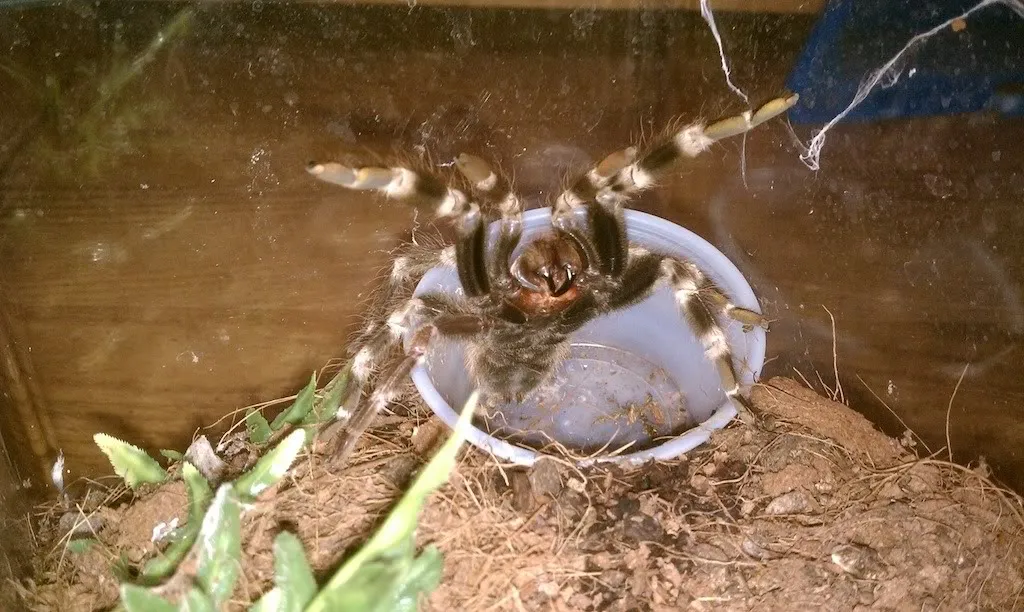
Preening serves multiple critical functions, all contributing to the health and well-being of the tarantula. The primary reasons include maintaining cleanliness, preventing parasites and fungal infections, and ensuring the exoskeleton remains in good condition. Each of these factors plays a vital role in the spider’s survival and quality of life. Understanding these reasons helps underscore the importance of proper care and a suitable environment for your tarantula. There are many reasons why they preen, and it is vital to know why.
Maintaining Cleanliness
Cleanliness is paramount for a tarantula’s health. Preening removes debris, dirt, and food particles that can accumulate on the exoskeleton. This prevents the buildup of harmful substances that can cause irritation or infection. A clean exoskeleton also allows for better sensory input, as the spider’s sensory hairs (sensilla) can function optimally. Regular preening ensures their sensory organs can effectively detect movement, vibrations, and other environmental cues, aiding in hunting and avoiding predators. In short, preening plays a key role in keeping the tarantula’s environment clean and healthy.
Parasite and Fungus Prevention
Preening helps prevent parasitic infestations and fungal infections. By removing potential hosts and spores from their bodies, tarantulas reduce the risk of these health issues. Parasites can weaken a tarantula, while fungal infections can be deadly. A clean exoskeleton is less susceptible to these threats. The constant grooming and cleaning of the exoskeleton are essential for preventing the onset of health problems. Preening plays a vital role in keeping the tarantula safe from parasites and fungus.
Exoskeleton Maintenance
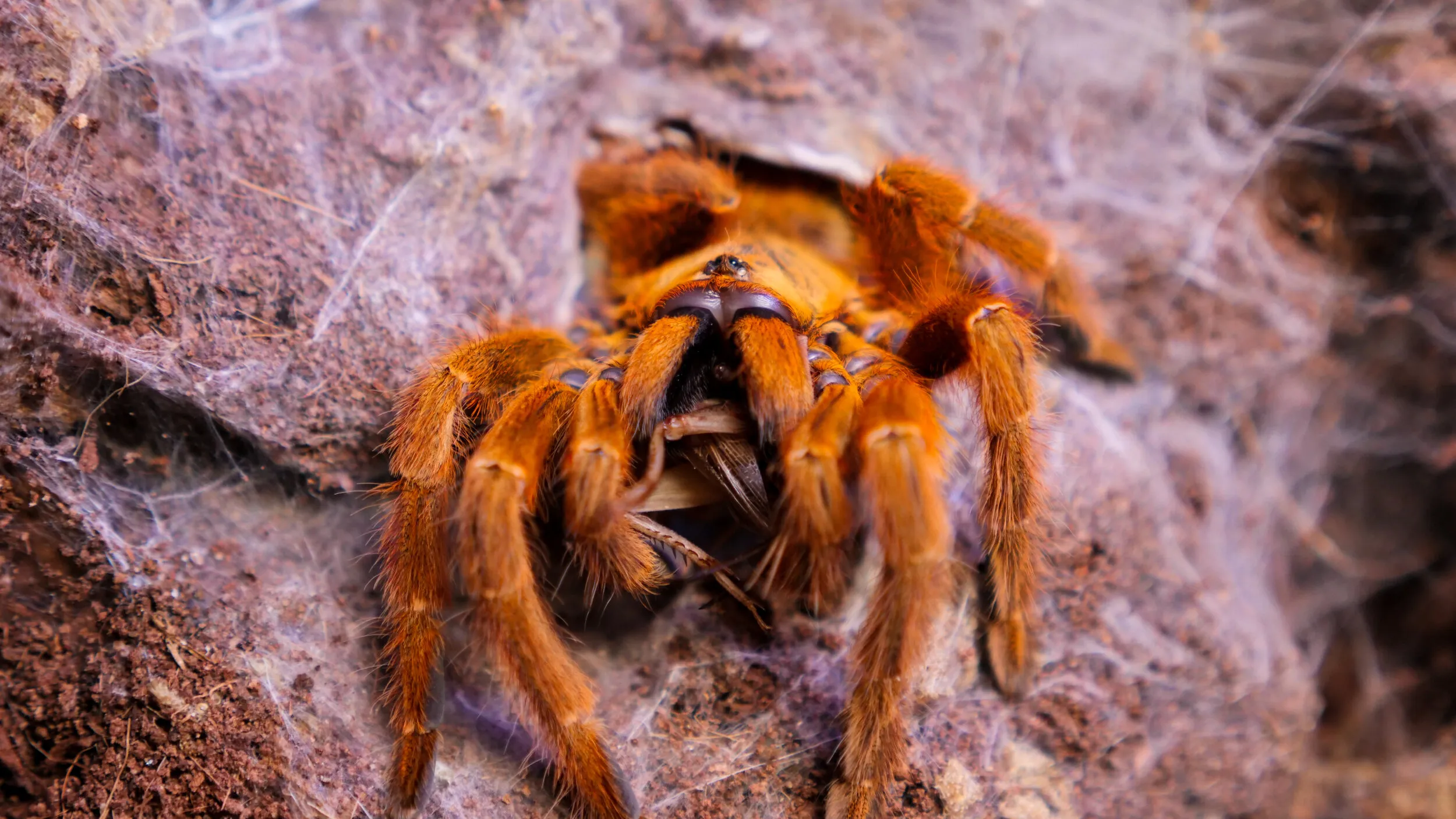
The exoskeleton, or outer shell, requires regular maintenance. Preening helps keep the exoskeleton in good condition, preventing damage and ensuring it functions correctly. This is especially important during the molting process when the old exoskeleton is shed. A healthy exoskeleton allows for easier and safer molting. A well-maintained exoskeleton enhances the spider’s protection and contributes to its overall health. Preening helps keep the exoskeleton in top shape.
Factors Influencing Preening
Several factors can influence how frequently and thoroughly a tarantula preens. These factors include environmental conditions, the tarantula’s overall health, and its behavior after molting. Understanding these influences can help you assess your tarantula’s well-being and provide appropriate care. Factors like the environment, the tarantula’s health, and molting behavior are critical. Knowing these influences is crucial for responsible pet ownership.
Environmental Conditions
The environment significantly impacts preening behavior. A clean and well-maintained habitat encourages regular preening. Dusty or dirty environments will likely increase the need for grooming. Humidity levels also play a role, with higher humidity potentially affecting preening habits. Providing a suitable environment helps the tarantula stay clean and healthy. Temperature and humidity play a key role in the tarantula’s preening and overall well-being. Maintaining optimal conditions is critical for healthy preening.
Tarantula Health
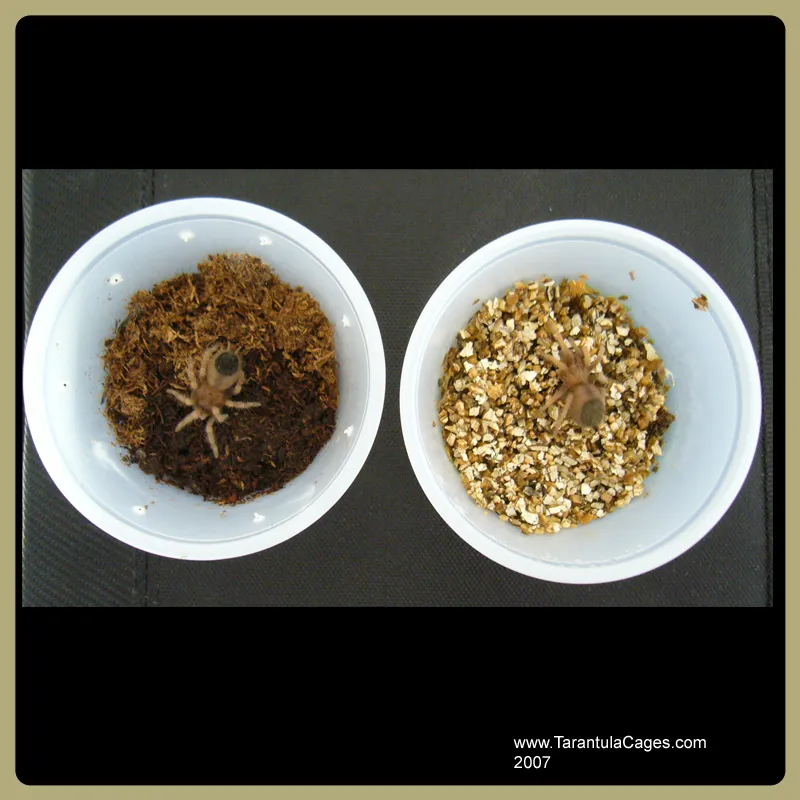
A tarantula’s overall health directly impacts its preening behavior. Healthy tarantulas tend to preen more regularly and thoroughly. Illness, injury, or stress can lead to reduced preening or unusual behaviors. It’s essential to monitor your tarantula for any signs of illness, such as lethargy or changes in preening habits. Healthy tarantulas preen more frequently. Recognizing changes in preening habits can be an early indicator of a health issue. Regular observation can reveal health problems before they become serious.
Post-Molting Behavior
After molting, tarantulas are particularly vulnerable and may exhibit increased preening. The new exoskeleton is soft and needs time to harden. Preening helps to remove any remnants of the old exoskeleton and keep the new one clean. Providing a safe and stress-free environment after molting is crucial for their well-being. The post-molting period often involves more intense preening. Giving your tarantula time and space during this period is critical. After molting, your tarantula needs extra care and attention to ensure their safety and health.
How to Help Your Tarantula Preen
While tarantulas are adept at preening themselves, there are steps you can take to support their grooming habits and ensure their well-being. Providing a clean habitat, avoiding stress, and regularly monitoring their health are essential. By following these guidelines, you can create an environment that promotes healthy preening and a happy tarantula. Assisting your tarantula with preening is not difficult. Your involvement can significantly improve their health and quality of life. Here are some suggestions to make sure your pet tarantula is preening correctly.
Providing a Clean Habitat
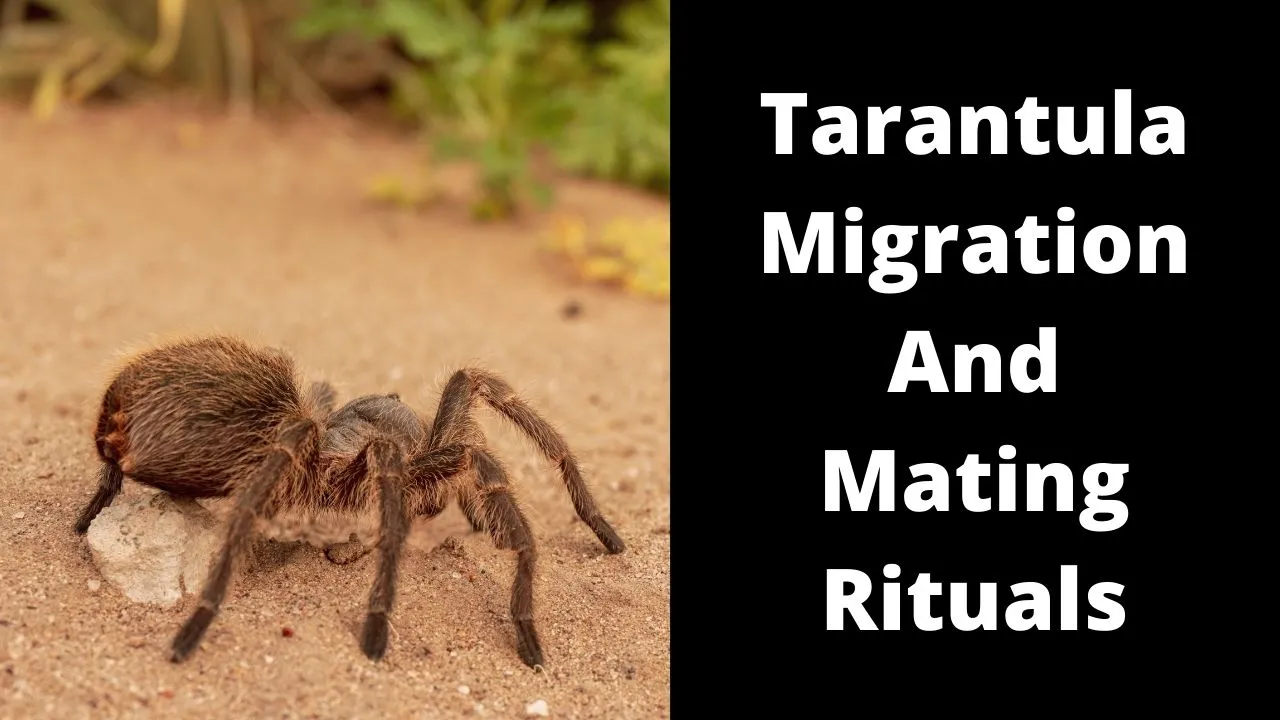
Maintaining a clean habitat is paramount for healthy preening. Regularly remove uneaten food, fecal matter, and any other debris. The enclosure should be spot-cleaned frequently and fully cleaned periodically. Use appropriate substrates and avoid materials that can harbor mold or bacteria. A clean habitat minimizes the need for excessive preening and reduces the risk of infection. Clean the enclosure regularly. A clean environment is crucial for your tarantula’s health and hygiene. A tidy enclosure minimizes preening frequency and promotes overall well-being.
Avoiding Stress
Stress can negatively impact preening habits. Avoid sudden movements, loud noises, and other disturbances that could startle your tarantula. Provide a secure and private enclosure with hiding places. Minimize handling, especially during molting or after feeding. A stress-free environment encourages regular and effective preening. Stress affects preening habits. A calm environment helps to keep your pet tarantula healthy. Reduce stress by providing hiding spots and minimizing disturbances.
Monitoring Health
Regularly observe your tarantula for any changes in behavior, including preening. Look for signs of illness, such as lethargy, loss of appetite, or unusual movements. If you notice anything concerning, consult with a veterinarian specializing in exotic animals. Early detection is key to addressing health issues and ensuring your tarantula’s well-being. Health monitoring is crucial. A veterinarian can provide assistance with any health concerns. Monitor your tarantula for any changes in behavior, and consult with a vet if you notice any problems.
Conclusion
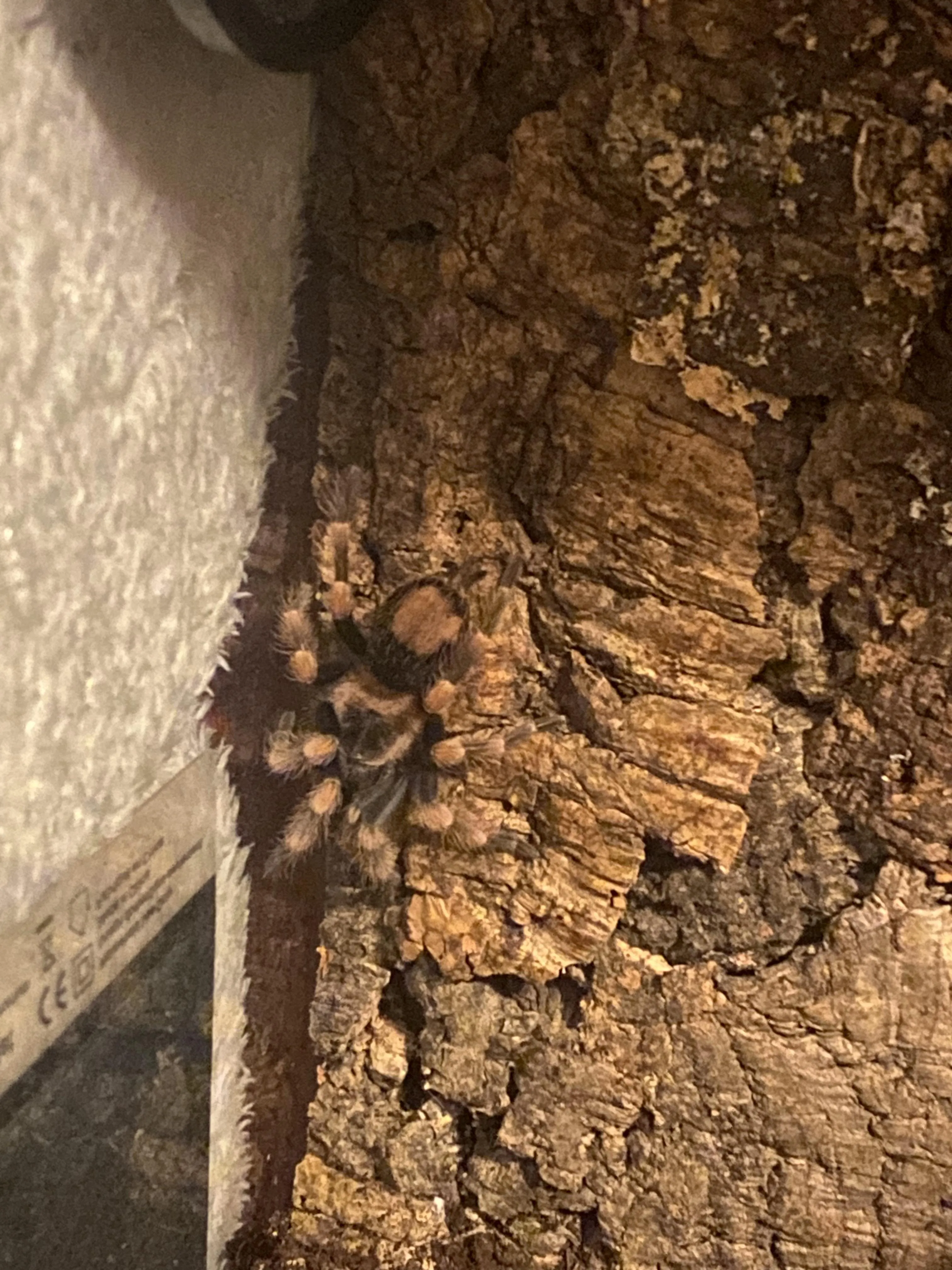
Preening is a fundamental behavior for tarantulas, vital for their health and survival. By understanding why tarantulas preen and how to support their grooming habits, you can ensure your pet thrives. Providing a clean and stress-free environment and monitoring their health are key to responsible tarantula ownership. With a little knowledge and care, you can provide your tarantula with the best possible life. Remember to always research and educate yourself on the specific needs of your tarantula species. Take care of your tarantula and they will thrive.
